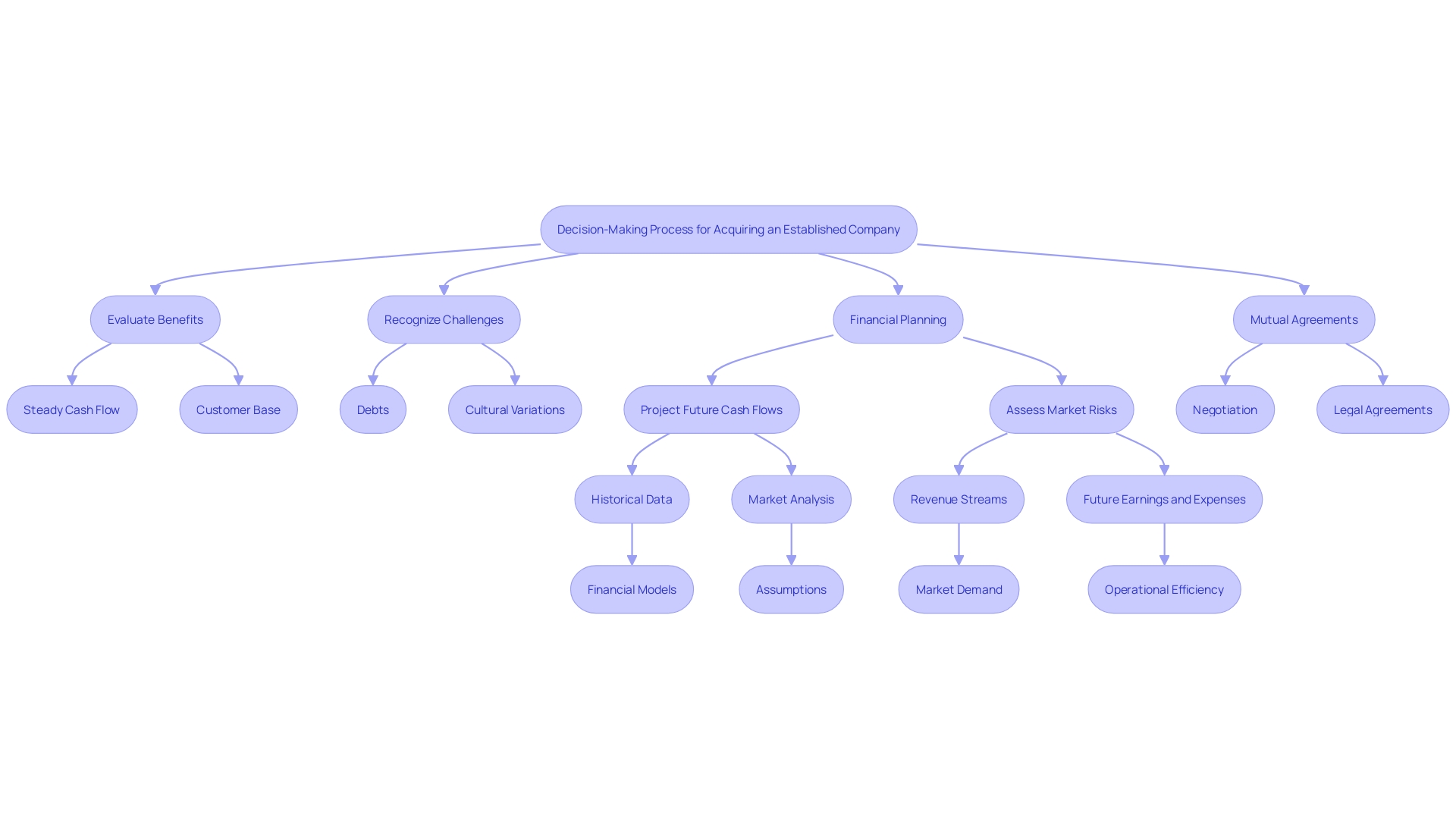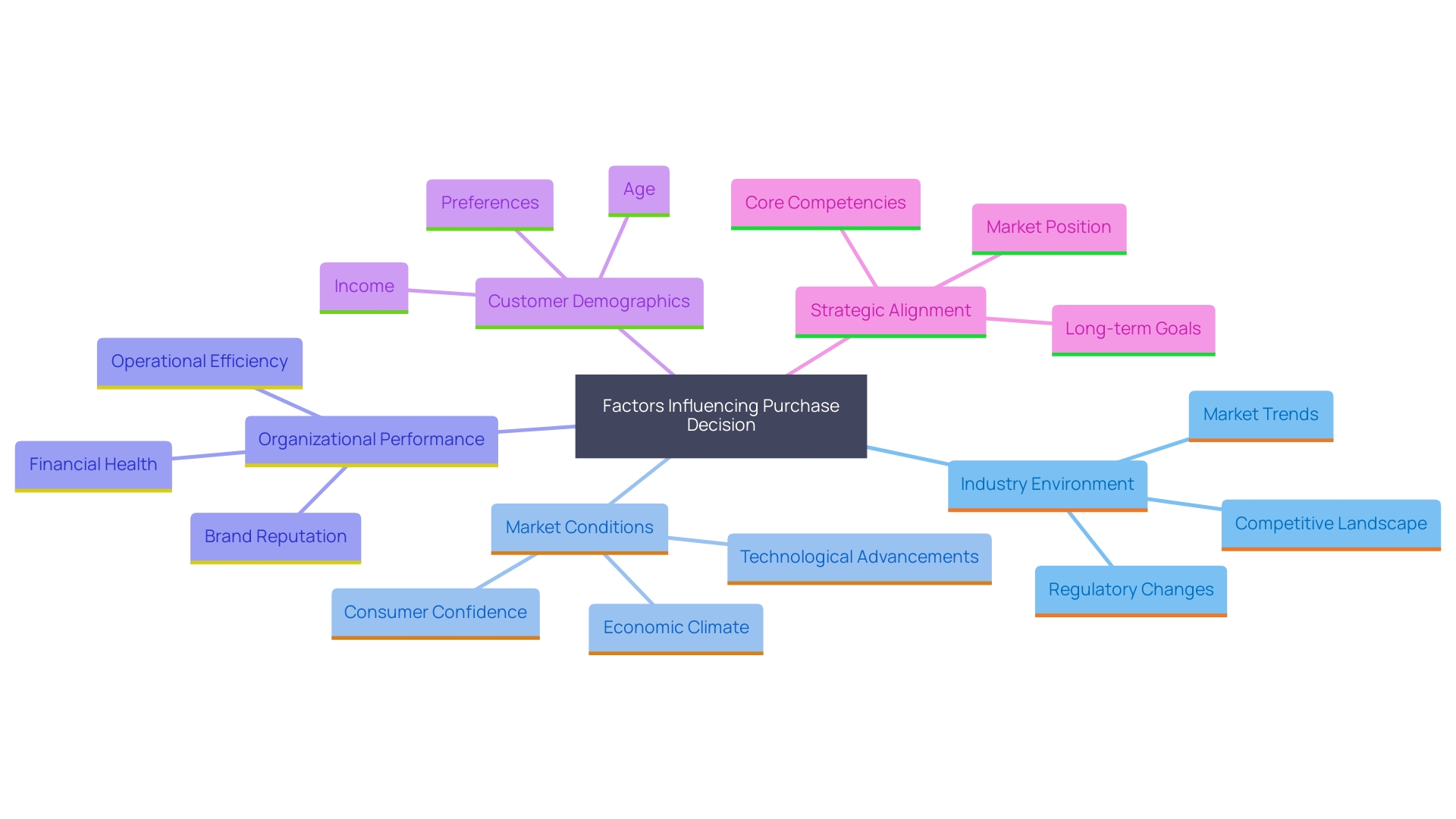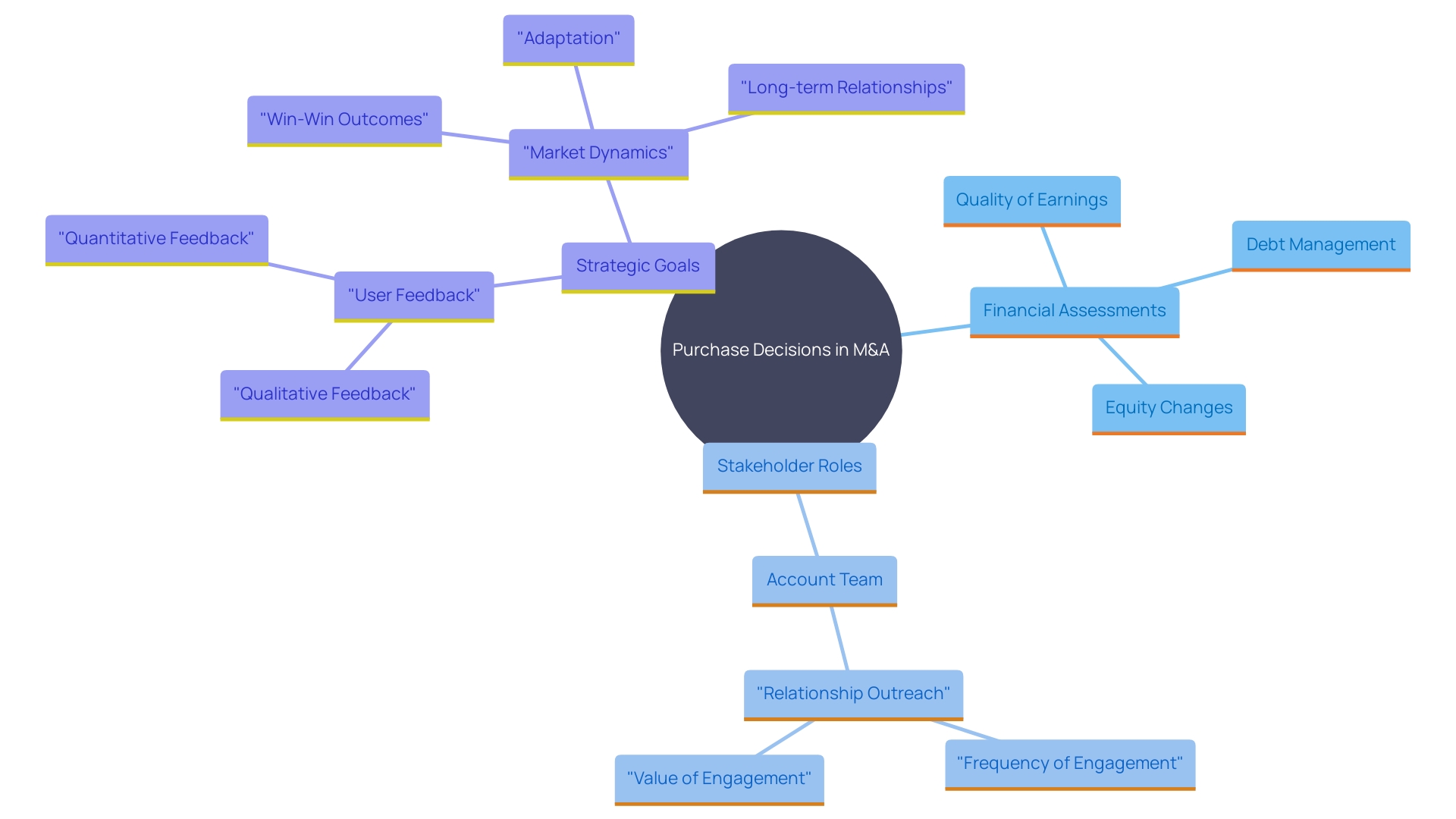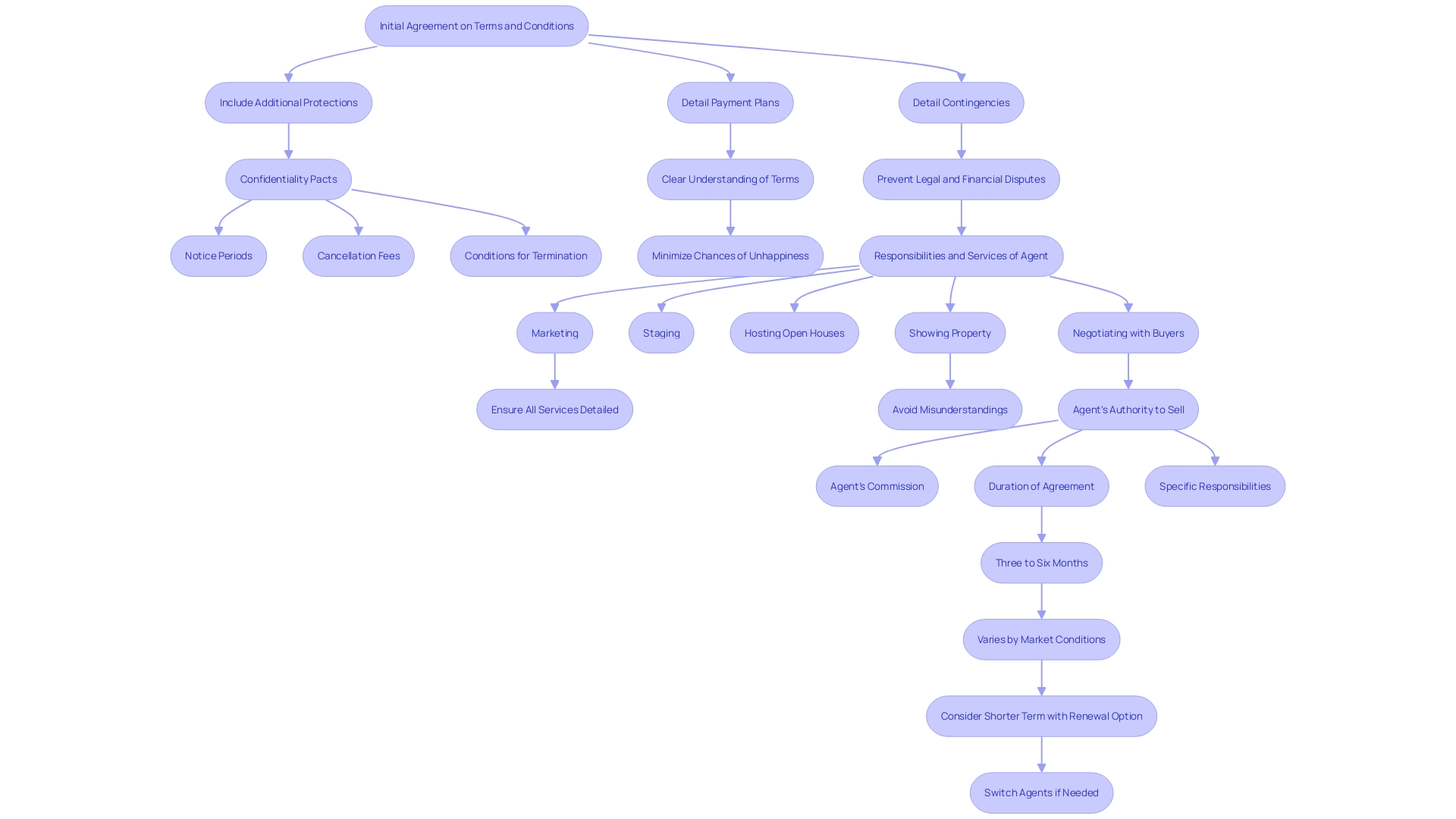Introduction
Starting the process of buying an established business can be a game changing choice that comes with instant benefits like a steady income stream and a dedicated group of customers along with existing operational systems in place. This approach usually speeds up entering the market. Helps avoid some of the initial challenges that come with launching a new business from the ground up. Current patterns show a market for smaller specialized businesses where most transactions involve companies making less than $6 million in annual revenue. Signaling a promising opportunity, for potential purchasers.
It's important to approach this process with a grasp of the possible hurdles involved in mergers and acquisitions (M&A). M&A transactions are complex. Often take up a significant amount of time to complete successfully.. Understanding the reasons driving an M&A deal. Whether its for expanding operations gaining new expertise or entering into new markets. Is fundamental, for success..
When looking to make a purchase decision as a buyer for a business acquisition deal it's essential to take into account various aspects like outstanding debts owed by the business being acquired and any operational adjustments that might be needed for smooth integration into the existing structure. Additionally conducting a financial examination and mapping out strategic plans are crucial steps in the process particularly considering that a significant number of small business acquisitions rely heavily upon personal finances or support, from family members.
In the end purchasing a company provides a route, to entering the market and gaining operational benefits; however it necessitates thoughtful evaluation of the risks involved and meticulous planning to handle the intricacies of the acquisition process successfully.
Understanding the Benefits and Drawbacks of Buying a Business
Purchasing a established company can be an exciting venture because it offers immediate benefits like steady cash flow and a loyal customer base with existing operations in place. Choosing this route can be quicker than launching an enterprise from the beginning and enables a swifter entry into the market. Recent data shows an increase in commercial transactions with more than half of the companies being acquired having annual revenues below $6 million. This reflects a market environment for smaller niche enterprises and creates a favorable opportunity for prospective buyers.
Nevertheless, prior to making a purchase, one should recognize challenges as well. Mergers and acquisitions (referred to as M&A in the corporate world) while beneficial, may be time-consuming and complex, according to Michael Black from Richter firm, who emphasizes the importance of understanding the fundamental reasons for participating in an M&A agreement, whether it's for expanding size, acquiring skills, or entering new markets. It's essential to remember that M&A is a tactic intended to achieve goals, and remaining dedicated to these objectives is vital.
'Furthermore, it's crucial for prospective buyers to consider any debts, necessary operational adjustments, and potential variations in company culture within the entity being acquired. Doug Bend of Bend Law Group recommends having a mutual non-disclosure agreement established beforehand to protect sensitive information, as rivals may pretend to be interested merely to collect intelligence..
Along with that aspect regarding finances being essential cannot be overlooked in the situation as well for small enterprises, acquisitions are frequently backed by their own monetary resources, where 66 percent of small establishments surveyed have utilized personal funds or help from family in the past five years, highlighting a significant necessity for thorough examination and financial planning.
Essentially, discussing the acquisition of a company can offer a pathway to entering the market and enjoying immediate operational benefits; however, potential purchasers must carefully evaluate the associated risks and sufficiently prepare to handle the complexities involved in the purchasing process.

Key Factors to Consider When Buying a Business
When contemplating making a purchase decision, it is important to evaluate significant factors to ensure a prudent investment choice. Start by analyzing the industry environment and market patterns which shed light on the prospects for expansion and sustainability. Examine the market conditions closely by keeping an eye out for any new competitors or changes in the economic scenario that could have a substantial impact on the success. It's crucial to delve into the performance of the organization including its financial stability and cash flow situation. Using a quality of earnings (often referred to as QOE, for short) can assist in grasping the sustainability and accuracy of the disclosed outcomes while shedding light on the stability of revenue and possible risks involved in the process.
It's essential to know where the organization stands in terms of competition by looking into the customer base demographics and spending habits as well as their loyalty to predict revenue stability and growth opportunities accurately. Also examine the reliance on customers and how much the enterprise depends on the unique skills and relationships of the current owner. According to Nanxi Liu from Blaze. Techs advice. Having a clear price target will assist in deciding whether moving forward with an acquisition is worth it despite its potential costs and time investment.
Assessing how well the enterprise aligns with the buyer's abilities and interests is a factor to contemplate thoughtfully since it plays a vital role in fostering long-term success by allowing the purchaser to effectively manage and grow the venture further. Furthermore thinking about the possibility of expanding sales is essential as it could lead to tapping into fresh sources of income and markets. Lastly make sure all required paperwork is organized and get ready to undergo an investigation process to validate all financial and operational information.
By evaluating these factors, you can make a more informed decision and enhance your likelihood of a lucrative acquisition.

The Importance of Due Diligence
Thorough research is essential when making a purchase decision to ensure that you fully understand the status and operational effectiveness of the business in question as well as its legal compliance standing. This thorough examination is essential for identifying any problems that may influence your investment outcome. For example it's important to delve into indicators like the quality of earnings ( Q o E ) evaluation, which sheds light on the consistency and accuracy of financial reports giving valuable information, about the dependability and potential risks related to earnings.
Assessing the companys obligations and ownership is crucial well. A notable decrease in debts from $16 million to $$ million could signal restructuring or debt repayment. MoreoverNon current liabilities such as a payable note of $$ million indicate potential refinancing. These financial shifts impact the company's equity; for instanceequity may decline due to losses as demonstrated by a decrease from $ million, to $ million.
It is vital to acknowledge the importance of stakeholders and other entities involved in the process such as joint venture (JV) partners and founders, along with employees possessing acquisition rights, as emphasized by Baker McKenzie's M&A partner Christian Atzler. Target companies often overlook the rights and importance of these stakeholders, which can greatly hinder the transaction if not properly addressed.
Michael Black, from Richter highlights the importance of grasping the underlying objectives of mergers and acquisitions (commonly known as M&A). Whether its about expanding operations or acquiring expertise and entering untapped markets; M&A should be seen as a strategic approach to achieve targeted outcomes.
Through research and careful consideration of the information available to them, buyers can confidently determine their next steps in negotiating terms that accurately represent the value of the entity they are interested in acquiring—ultimately leading to a prosperous investment endeavor

Creating a Purchase Agreement
In any transaction, a buying contract serves to detail all the terms and conditions mutually accepted by both parties, carefully specifying all the requirements.. This document should thoroughly detail aspects, like the buying price payment plan, and any potential circumstances to ensure clarity and mutual understanding. A prepared sales contract not only safeguards the interests of both the buyers and sellers but also facilitates the transfer of ownership seamlessly by reducing disputes and misunderstandings.
Doug Bend from Bend Law Group emphasizes the significance of this document by mentioning that competitors may show interest in acquiring a business solely to gather information without any real intention of finalizing the purchase. It is essential to create a mutual non-disclosure understanding prior to sharing any confidential information and trust your instincts before exposing too much about your company's unique strategies. This highlights the significance of possessing not just a sales contract but also additional protections such as confidentiality pacts.
'Based on a study of M&A contract statistics, it is shown that these arrangements are regarded as some of the most complex and sophisticated frameworks in today's financial sectors. The thorough analysis conducted over a span of 21 years from 2000 to 2020 offers insights into the evolution and intricacy of such contracts, which are essential for enabling robust and reliable commercial interactions.'.
The IRS recently declared interest rates for Q1 2024 that can provide small enterprises a more stable financial setting, for planning and managing cash flow efficiently when participating in significant transactions and arrangements.
By considering all of these factors comprehensively in a purchase agreement is essential, for effectively navigating the intricacies of business acquisitions and providing assurance to both parties so they can proceed with certainty and understanding.

Conclusion
Acquiring a established business comes with plenty of chances for growth as well as certain obstacles to overcome along the way. The instant advantages like an income stream and a pre existing clientele greatly add to the appeal of this approach. In todays market that is showing a preference, for specialized businesses buyers can take advantage of favorable circumstances.
It's essential to tackle this project with a grasp of the intricacies associated with mergers and acquisitions.
It is crucial to assess essential aspects such as market analysis and financial stability when considering a business purchase and evaluating how well it aligns with the buyers expertise.The process of diligence is essential to uncover any potential issues that could impact the investments outcome.A comprehensive purchase agreement plays a role, in cementing the deal and safeguarding the interests of both parties while ensuring a smooth transition of ownership.
In the end‚ purchasing a company can open doors to growth and operational benefits‚ provided that buyers concentrate on strategic planning‚ thorough research‚ and prudent financial oversight to navigate the complexities of acquisitions effectively. Approaching this venture with assurance and readiness may result in an satisfying business pursuit.




